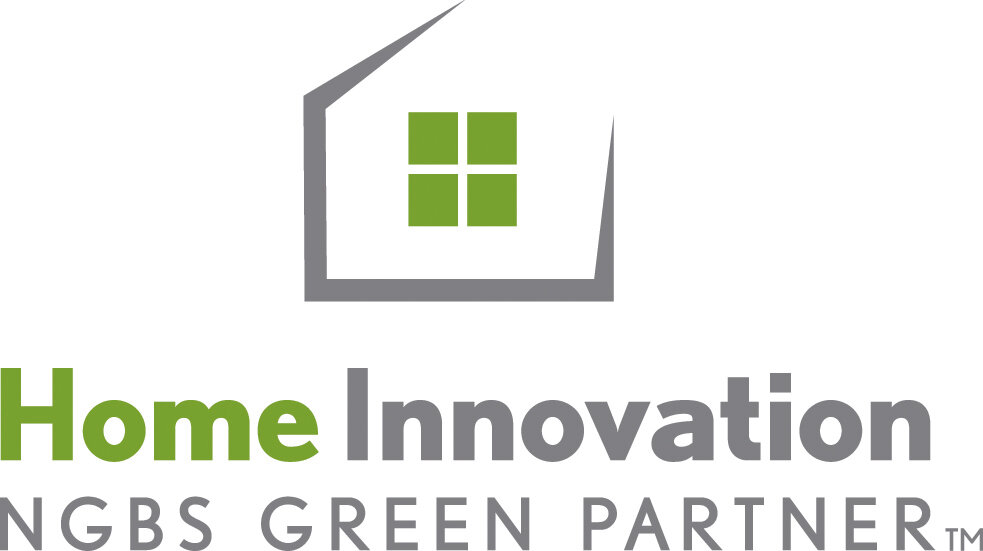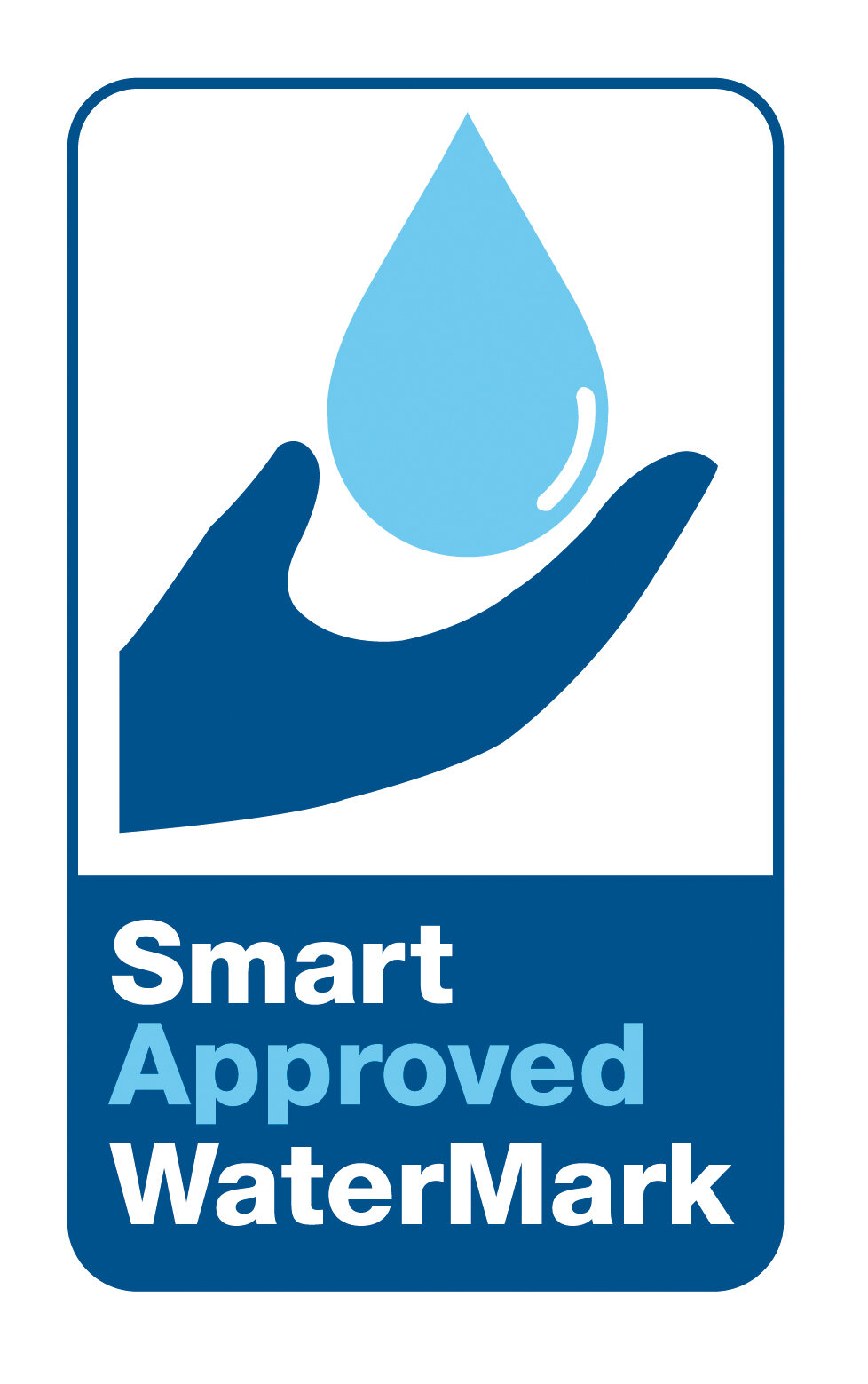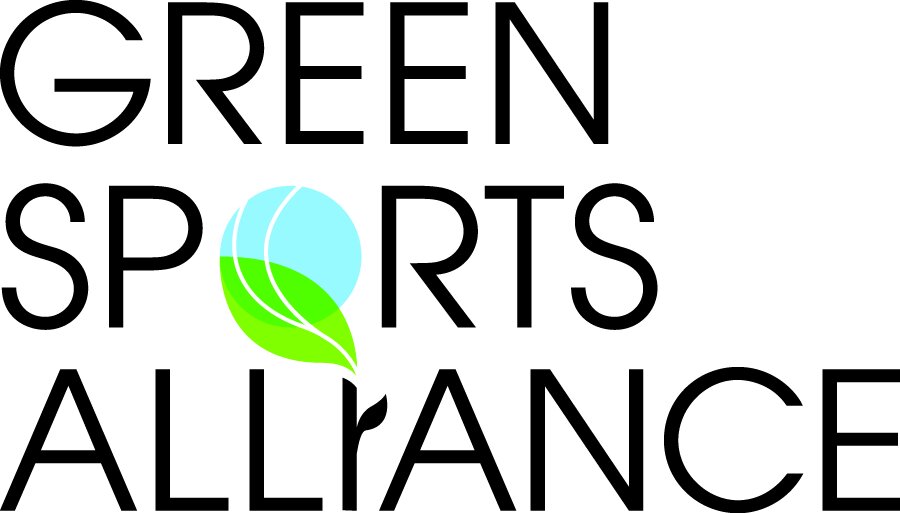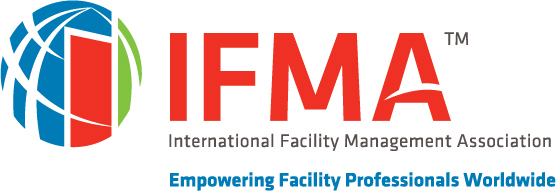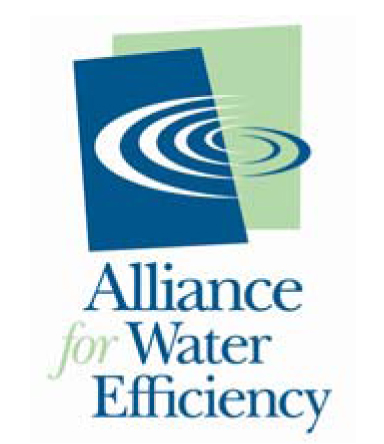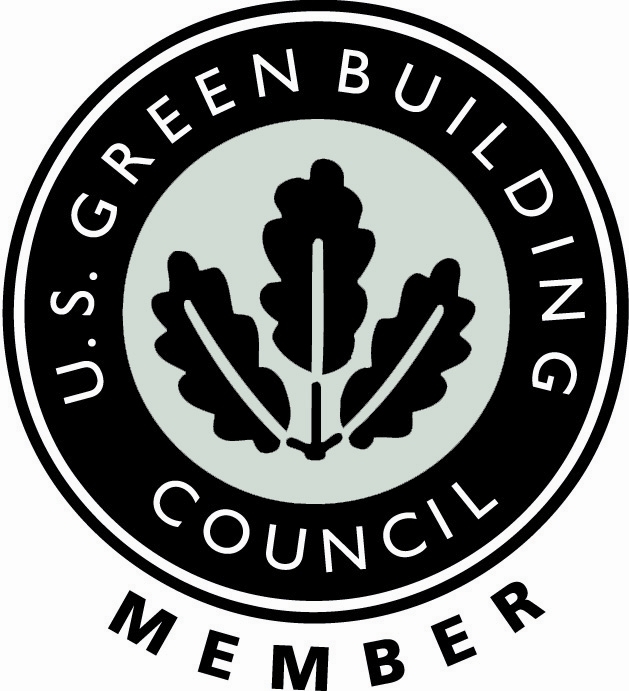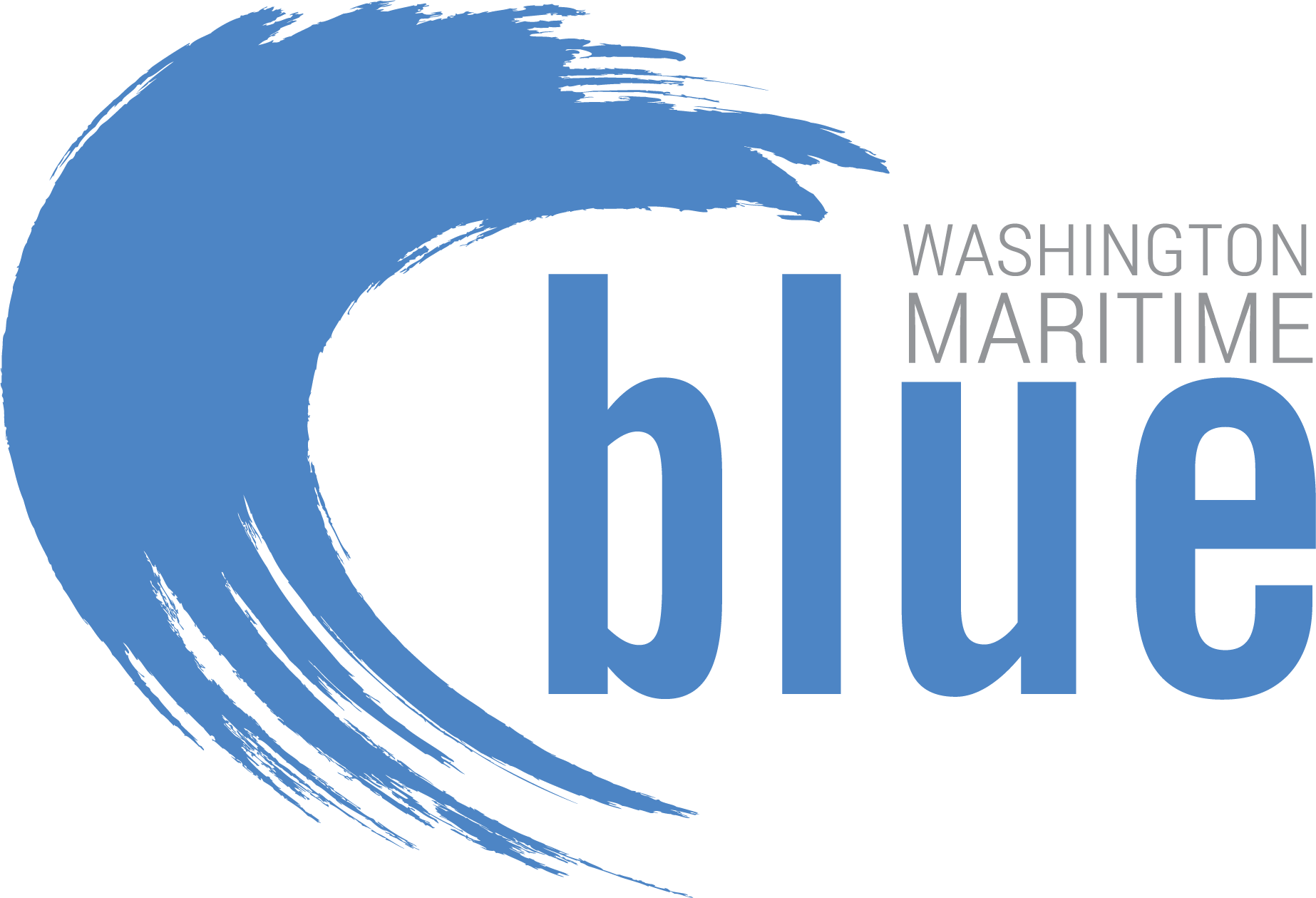Water efficiency is a term many are now familiar with. Its core principle lies in the long-term reduction of water consumption using specific products, methods, and procedures. This isn't about temporary cutbacks during a drought; it's a sustainable strategy for managing operating costs and saving money for years to come.
A prime example of this is the installation of waterless urinals. Such an upgrade immediately eliminates the need for thousands of gallons of water per unit, delivering both immediate and ongoing water and cost savings.
Understanding this long-term approach, let's explore how water efficiency translates into financial benefits for both homes and commercial facilities:
1. Lower Water Bills:
The most direct financial advantage of water efficiency is a noticeable decrease in utility bills. By installing water-saving fixtures like the urinals just mentioned, low-flow faucets, high-efficiency toilets, and water efficient showerheads, property owners can achieve significant reductions in water usage.
While calculating precise savings in a commercial building can be multifaceted due to variables like building usage and occupancy, the impact on a household is more straightforward to illustrate.
Consider a four-person household where daily water use per person is reduced from 40 gallons to 26 gallons per day through water-efficient upgrades and practices. This change can lead to an annual water bill reduction of approximately 30 percent, a savings that will increase as water costs rise.
2. Increased Property Value and Market Appeal
Water-efficient properties hold a distinct financial edge that resonates with environmentally aware and budget-conscious buyers.
Consider two otherwise identical homes, each listed at $250,000.
House A features water-efficient fixtures and landscaping, resulting in a 30 percent lower water consumption and annual water bills of $600.
House B, with standard fixtures and traditional landscaping, incurs annual water costs of $850—an extra $250 each year and more as water costs rise.
This means that for over five years, the owner of House A saves $1,250 in water costs ($3,000 compared to $4,250 for House B). This tangible, ongoing saving adds immediate value.
For prospective buyers comparing similar properties, this water efficiency offers a significant competitive advantage. The home with lower operating costs, environmental responsibility, and insulation against rising water rates becomes a far more attractive investment in today's resource-conscious market.
These same principles apply to commercial properties, where the financial savings can be even more substantial.
3. Lower Energy Expenses
A frequently overlooked benefit of water efficiency is reduced energy consumption. Using less water—through water efficient showerheads, faucets, dishwashers, and other appliances—directly translates to lower gas and electricity bills.
The most significant energy savings stem from decreased demand for hot water. One study indicated that homeowners could cut their annual gas and electricity bills by about 10% simply by installing water-efficient fixtures and appliances. The same research found that just installing a water-efficient washing machine alone could save up to $80 annually on energy costs.
For facility managers, integrating energy-efficient water systems into new or existing buildings substantially cuts operational costs and improves the facility's overall energy performance rating over the long term.
So, here’s our takeaway: Investing in water efficiency yields multiple benefits:
· It lowers monthly utility bills
· Boosts property values
· Lessens environmental impact
· Can attract buyers and tenants.
Facilities of all kinds can realize immediate cost savings and gain protection against future rate hikes by adopting water-efficient products. As water prices continue to rise and regulations become stricter, prioritizing water efficiency is both a financially smart and environmentally responsible choice for the future.
-Klaus



